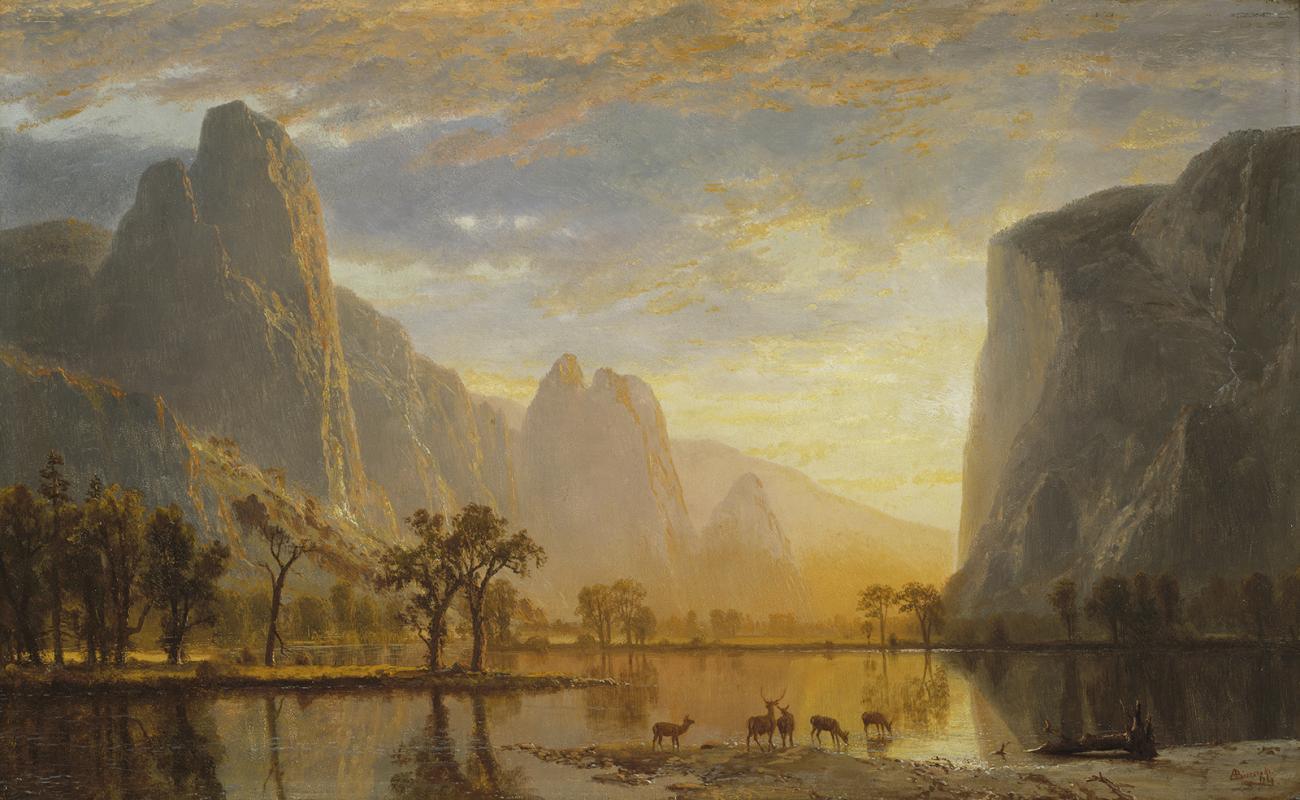Alexander von Humboldt and the United States: Art, Nature and Culture is the first exhibition to examine Humboldt’s impact on five spheres of American cultural development: the visual arts, sciences, literature, politics and exploration, between 1804 and 1903. It will be on view at the Smithsonian American Art Museum’s main building September 14 through January 3, 2021. The museum is the sole venue for the exhibition. It is organized by Eleanor Jones Harvey, senior curator at the museum.
Humboldt (1769–1859) was a renowned Prussian naturalist and explorer and one of the most influential figures of the 19th century. He lived to his 90th year, published more than 36 books, traveled across four continents and wrote well over 25,000 letters to an international network of colleagues and admirers. In 1804, after traveling five years in South America and Mexico, Humboldt spent six weeks in the United States. In these six weeks, Humboldt—through a series of lively exchanges of ideas about the arts, science, politics and exploration with influential figures such as President Thomas Jefferson and artist Charles Willson Peale—shaped American perceptions of nature and the way American cultural identity became grounded in the natural world.
























